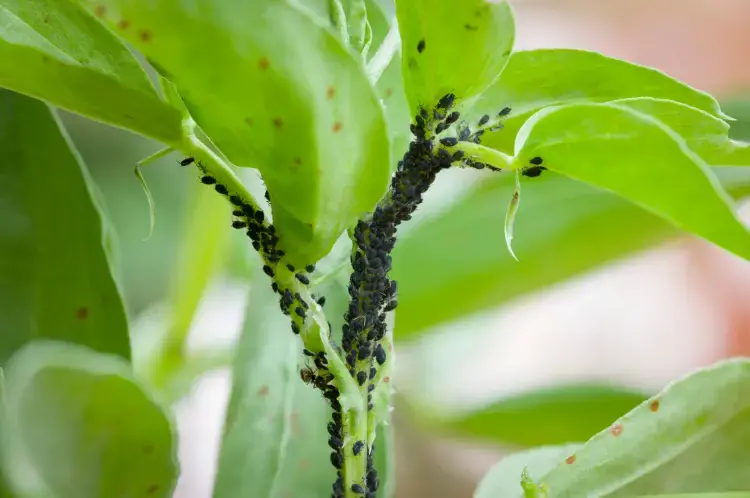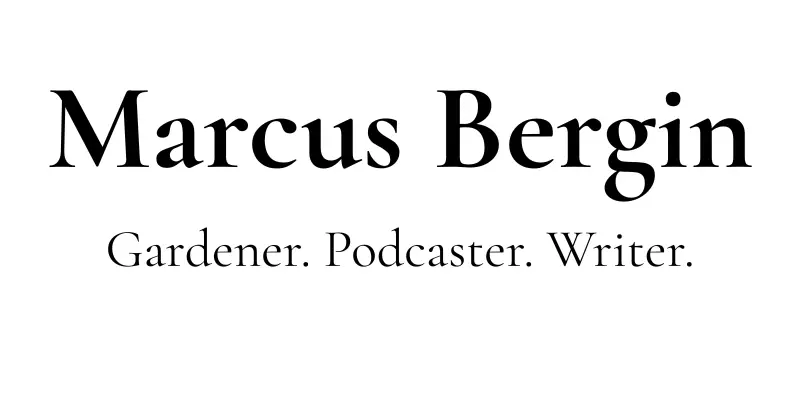Pests, Predators, and the Balance in Between

Why squashing everything isn’t always the answer
At this time of year, when the garden bursts into growth, the pests often arrive just as quickly. You spot aphids clustering on your roses, lily beetles chewing through fritillaries, or neat little holes appearing in your hostas. The instinct is to act fast — a spray here, a slug pellet there, and job done. But before you reach for the quick fix, take a breath. Because sometimes, action without observation tips the balance the wrong way.
Every Garden Has Pests. The Trick Is in How You Handle Them.
Aphids, slugs, caterpillars — they’re not invaders from outside the system. They are the system. They feed the ladybirds, frogs, blue tits, hoverflies and ground beetles that make up the garden’s natural defence force.
Knock out the pests too quickly, and you knock out the predators too. A clean sweep may feel satisfying in the moment, but it can leave your garden more vulnerable in the long run. Each time you interrupt nature’s checks and balances, it takes longer to recover.
It’s a spiral I’ve seen before:
More pests → more sprays
Fewer predators → more pests again
And so the cycle deepens.
What we want instead is a living balance — a garden that manages itself as much as possible, where your intervention supports rather than overrides what nature’s already trying to do.
What You Can Do Instead
You don’t need to ignore pests — but try stepping into the role of garden observer before becoming the garden enforcer:
Watch first: You might already have ladybird larvae or hoverfly grubs quietly feeding
Squash by hand: Aphids on roses, blackfly on beans — simple, effective
Use a blast of water: Especially for early-stage aphid colonies
Grow more diversity: Herbs, single flowers, and wild patches bring in beneficial insects
Create shelter: Beetles, frogs, lacewings and hedgehogs all need tucked-away places to hide and hunt
Avoid blanket sprays: They’re the garden’s version of antibiotics — effective, but indiscriminate
Accepting the Occasional Loss
You won’t save every plant. Some will take more damage than others — lupins, hostas, runner beans are always among the favourites for slugs and snails. But a few holes in a leaf aren’t a crisis — they’re part of a living, breathing garden.
And over time, as your garden becomes more connected and supportive of wildlife, the balance shifts. You’ll see fewer explosive outbreaks and more subtle cycles of rise and fall.
Final Thought: Trust in the Balance
The most resilient gardens aren’t the ones with perfect plants — they’re the ones alive with movement. Birds flitting through the borders, frogs rustling in the mulch, a grass snake weaving silently by the pond.
I had that moment just the other day — a grass snake by the water’s edge. A reminder that when we make space for wildlife — ponds, untidy corners, diverse planting — nature shows up. And when it does, it brings a kind of calm authority to the space. The garden begins to manage itself.
So if you’re battling pests this week, consider this: is it time to invite more balance in, rather than keeping everything out?
Have you had one of those moments — a wild visitor, or a corner of your garden that’s begun to heal itself? Share your story in the comments of this Facebook post.
Happy Gardening.
— Marcus
